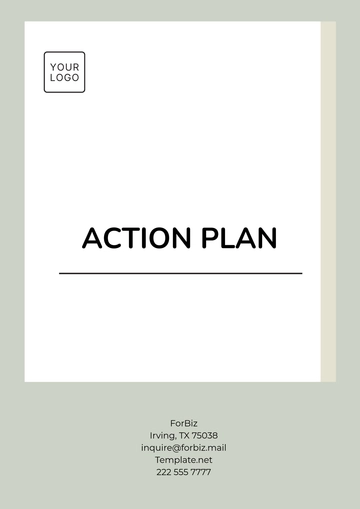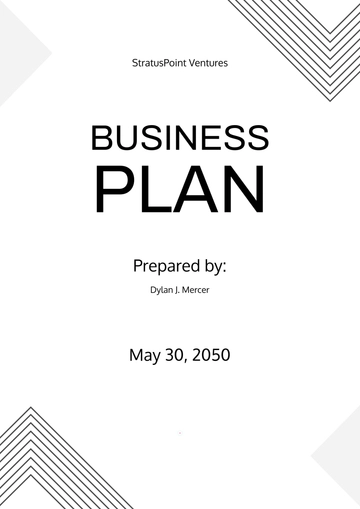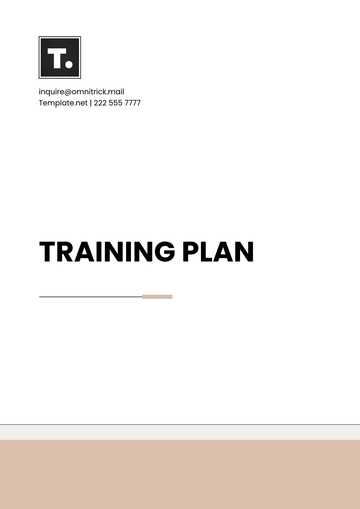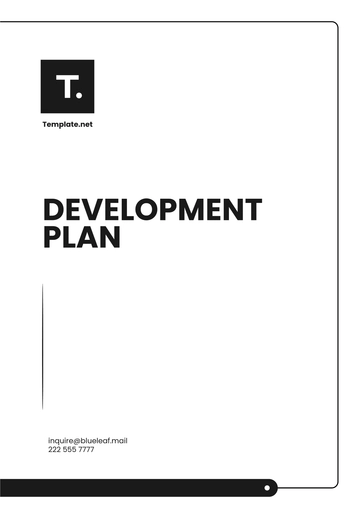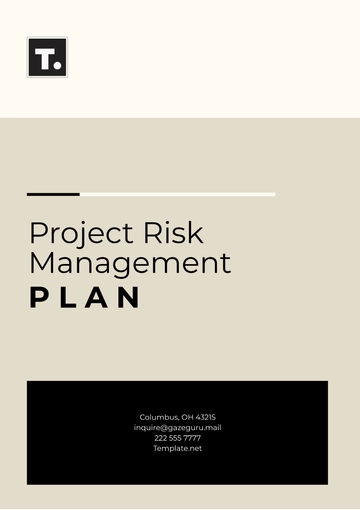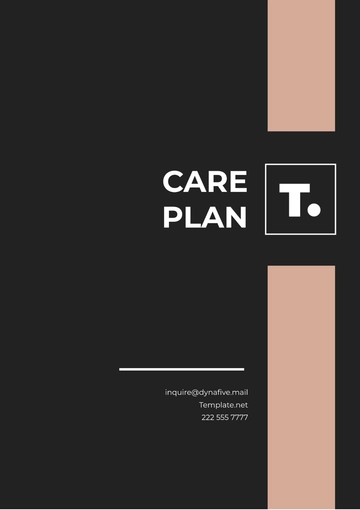Free Blank Fossil Fuel Compliance Plan
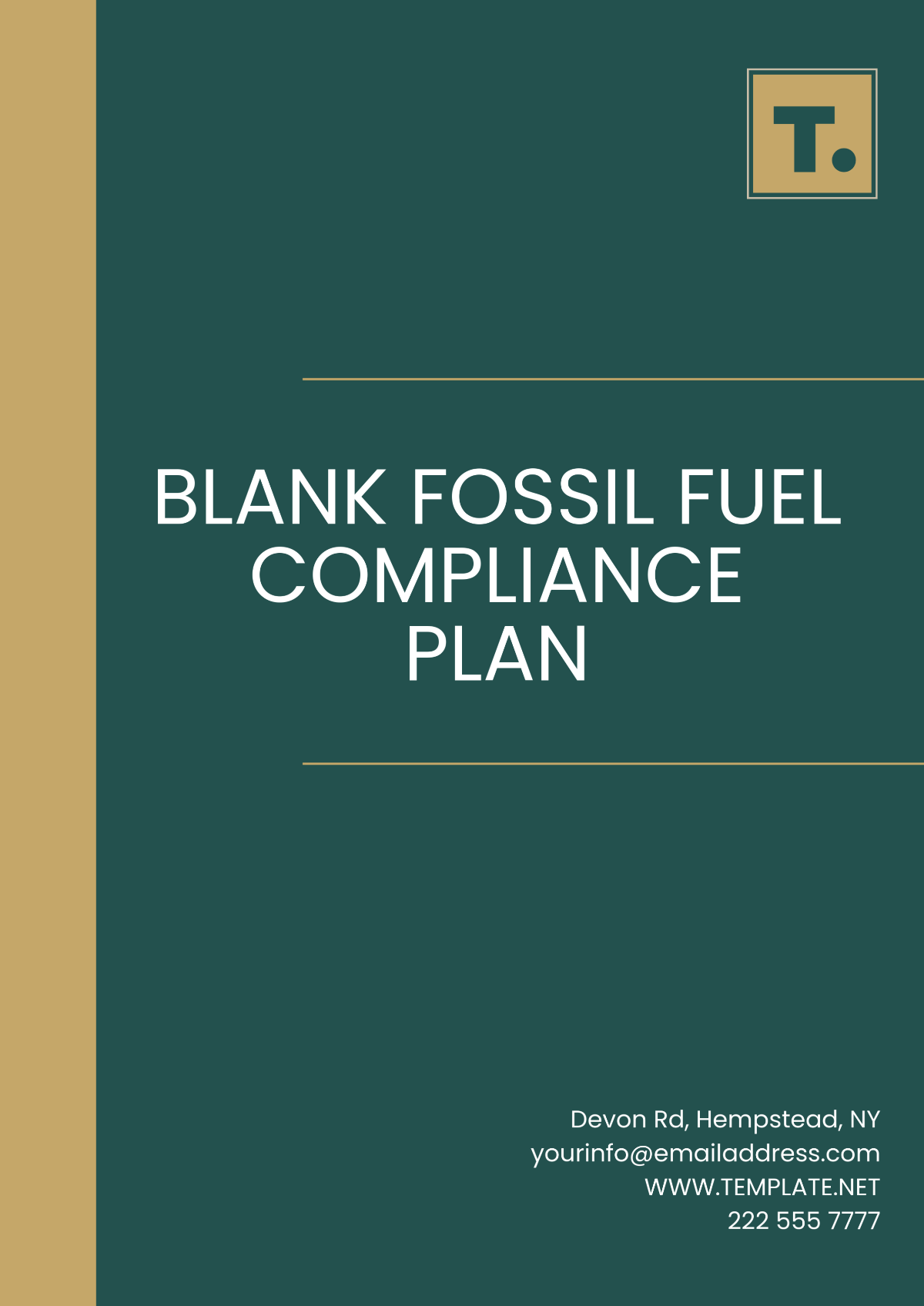
BLANK FOSSIL FUEL COMPLIANCE PLAN
Date: [Date]
Prepared By: [Your Name]
1. Introduction
Purpose: Outline the purpose of the compliance plan, including the goal to reduce or mitigate the environmental impact of fossil fuel use.
Scope: Define the scope of the plan, such as the types of operations or activities covered, such as energy production, transportation, manufacturing, or others.
Compliance Requirements: List relevant laws, regulations, or standards that the organization is required to follow, including local, national, and international guidelines (e.g., emissions standards, carbon trading systems).
2. Regulatory Compliance Framework
Federal Regulations: Detail any federal regulations relevant to fossil fuel emissions (e.g., EPA standards in the U.S.).
State/Local Regulations: Include state or local laws that apply, such as air quality standards or carbon tax requirements.
Industry-Specific Regulations: Address any specific industry guidelines (e.g., energy, transportation, manufacturing) that impact fossil fuel use and emissions.
3. Emissions Reduction Strategy
Emission Baseline: Identify the current baseline emissions levels related to fossil fuel use.
Reduction Goals: Set measurable targets for reducing emissions, including deadlines for achieving them (e.g., 20% reduction by 2050).
Methods: Describe strategies for meeting these reduction goals, such as switching to renewable energy sources, improving energy efficiency, adopting cleaner technologies, or carbon offset programs.
4. Monitoring and Reporting
Data Collection: Describe the methods for measuring and tracking fossil fuel consumption and emissions.
Regular Monitoring: Specify how often emissions will be monitored, and by whom (e.g., quarterly, annually).
Reporting: Outline the process for submitting compliance reports to regulatory agencies or stakeholders, including any required forms or formats.
5. Risk Management
Identifying Risks: Identify potential risks associated with non-compliance, such as fines, legal actions, or damage to reputation.
Mitigation Measures: Provide details on how these risks will be mitigated, such as contingency planning or adopting stricter internal controls.
Penalties for Non-Compliance: Outline the penalties for non-compliance, including financial consequences or legal repercussions.
6. Training and Awareness
Employee Training: Outline training programs for employees involved in fossil fuel-related operations, ensuring they understand compliance requirements.
Ongoing Education: Provide strategies for keeping employees informed about regulatory changes or new compliance measures.
7. Review and Improvement
Review Process: Define the process for reviewing the compliance plan regularly (e.g., annually) to ensure it remains effective and aligned with changing regulations.
Continuous Improvement: Describe the mechanisms for continual improvement, such as conducting internal audits or seeking feedback from environmental consultants.
8. Conclusion
Summarize the key points of the compliance plan and reaffirm the organization's commitment to achieving fossil fuel compliance and reducing its environmental impact.
- 100% Customizable, free editor
- Access 1 Million+ Templates, photo’s & graphics
- Download or share as a template
- Click and replace photos, graphics, text, backgrounds
- Resize, crop, AI write & more
- Access advanced editor
The Blank Fossil Fuel Compliance Plan Template, offered by Template.net, is a customizable and downloadable resource designed to help businesses align with environmental regulations. This printable template is fully editable in our AI Editor Tool, allowing you to tailor it to your specific needs. Easily adapt the content, ensuring a comprehensive compliance plan that meets industry standards. Perfect for businesses seeking a streamlined approach to fossil fuel compliance.
You may also like
- Finance Plan
- Construction Plan
- Sales Plan
- Development Plan
- Career Plan
- Budget Plan
- HR Plan
- Education Plan
- Transition Plan
- Work Plan
- Training Plan
- Communication Plan
- Operation Plan
- Health And Safety Plan
- Strategy Plan
- Professional Development Plan
- Advertising Plan
- Risk Management Plan
- Restaurant Plan
- School Plan
- Nursing Home Patient Care Plan
- Nursing Care Plan
- Plan Event
- Startup Plan
- Social Media Plan
- Staffing Plan
- Annual Plan
- Content Plan
- Payment Plan
- Implementation Plan
- Hotel Plan
- Workout Plan
- Accounting Plan
- Campaign Plan
- Essay Plan
- 30 60 90 Day Plan
- Research Plan
- Recruitment Plan
- 90 Day Plan
- Quarterly Plan
- Emergency Plan
- 5 Year Plan
- Gym Plan
- Personal Plan
- IT and Software Plan
- Treatment Plan
- Real Estate Plan
- Law Firm Plan
- Healthcare Plan
- Improvement Plan
- Media Plan
- 5 Year Business Plan
- Learning Plan
- Marketing Campaign Plan
- Travel Agency Plan
- Cleaning Services Plan
- Interior Design Plan
- Performance Plan
- PR Plan
- Birth Plan
- Life Plan
- SEO Plan
- Disaster Recovery Plan
- Continuity Plan
- Launch Plan
- Legal Plan
- Behavior Plan
- Performance Improvement Plan
- Salon Plan
- Security Plan
- Security Management Plan
- Employee Development Plan
- Quality Plan
- Service Improvement Plan
- Growth Plan
- Incident Response Plan
- Basketball Plan
- Emergency Action Plan
- Product Launch Plan
- Spa Plan
- Employee Training Plan
- Data Analysis Plan
- Employee Action Plan
- Territory Plan
- Audit Plan
- Classroom Plan
- Activity Plan
- Parenting Plan
- Care Plan
- Project Execution Plan
- Exercise Plan
- Internship Plan
- Software Development Plan
- Continuous Improvement Plan
- Leave Plan
- 90 Day Sales Plan
- Advertising Agency Plan
- Employee Transition Plan
- Smart Action Plan
- Workplace Safety Plan
- Behavior Change Plan
- Contingency Plan
- Continuity of Operations Plan
- Health Plan
- Quality Control Plan
- Self Plan
- Sports Development Plan
- Change Management Plan
- Ecommerce Plan
- Personal Financial Plan
- Process Improvement Plan
- 30-60-90 Day Sales Plan
- Crisis Management Plan
- Engagement Plan
- Execution Plan
- Pandemic Plan
- Quality Assurance Plan
- Service Continuity Plan
- Agile Project Plan
- Fundraising Plan
- Job Transition Plan
- Asset Maintenance Plan
- Maintenance Plan
- Software Test Plan
- Staff Training and Development Plan
- 3 Year Plan
- Brand Activation Plan
- Release Plan
- Resource Plan
- Risk Mitigation Plan
- Teacher Plan
- 30 60 90 Day Plan for New Manager
- Food Safety Plan
- Food Truck Plan
- Hiring Plan
- Quality Management Plan
- Wellness Plan
- Behavior Intervention Plan
- Bonus Plan
- Investment Plan
- Maternity Leave Plan
- Pandemic Response Plan
- Succession Planning
- Coaching Plan
- Configuration Management Plan
- Remote Work Plan
- Self Care Plan
- Teaching Plan
- 100-Day Plan
- HACCP Plan
- Student Plan
- Sustainability Plan
- 30 60 90 Day Plan for Interview
- Access Plan
- Site Specific Safety Plan

